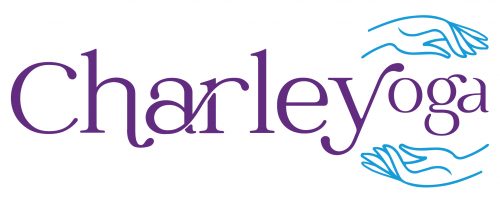 Author: Charley Hickey is a practicing yoga therapist and senior yoga teacher who runs group and private yoga classes in Applecross & Fremantle, Perth. She also runs specialised yoga workshops for yoga students & yoga teachers.
Author: Charley Hickey is a practicing yoga therapist and senior yoga teacher who runs group and private yoga classes in Applecross & Fremantle, Perth. She also runs specialised yoga workshops for yoga students & yoga teachers.
I’d like to thank the lovely lady in one of my classes who jokingly calls hot flushes/flashes “power surges”! This comment caused many giggles amongst my students and knowing looks between those that may have suffered from this at some point. It’s often beneficial when we can label something fairly unpleasant in a way that normalises it and turns it into a bit of a joke. Power surge sounds like it’s almost empowering for the person experiencing it rather than it being an unpleasant hot feeling that the sufferer has no control over. It turned out to be a timely comment since the day was a very hot and muggy one in Perth. It seemed like a great opportunity to practice Sheetali Pranayama which is a cooling breathing technique. Sheetal means cold or soothing which describes the breath perfectly and I love how that fits with taking charge and being proactive during a process we have little control over.
How it works
I often describe Sheetali Pranayama as personalised evaporative air-conditioning for the body! A more scientific explanation is that we are also drawing the breath through a small gap restricting its passage so that the air loses energy in the form of heat on the way into the body. We are also passing the air over the tongue which is moist and therefore cools the breath down further.
Benefits of Sheetali Pranayama
- Cools body temperature,
- Beneficial for fever and hot flushes
- Calms the mind
- Helps relieve insomnia
- Stress buster
It can be contraindicated if you have asthma, a cold or other respiratory problems as the coolness of the breath can be irritating to the chest so keep that in mind. If you aren’t sure, then please ask for the guidance of your yoga teacher before practicing.
Sheetali Pranayama Technique
Sheetali Pranayama can be practiced in any position where the spine is upright, ie sitting in a chair, seated yoga posture or lying down. Sitting is preferable when initially learning as you will stay more alert. If you cannot roll the tongue, it’s no problem; you can still practice by placing the tongue just behind the back of the teeth and draw the breath through the teeth and over the tongue instead (Sheetkari Pranayama)
- Sit or lie comfortably
- Roll the tongue or place tongue just behind the teeth with lips parted slightly
- Draw the breath slowly in over the tongue feeling its cooling effect
- Relax the mouth
- Breathe out slowly and smoothly through both nostrils
- Repeat for as many rounds as you feel comfortable with, you could start with 10 rounds.
Stay cool and let me know if it worked for you : )

